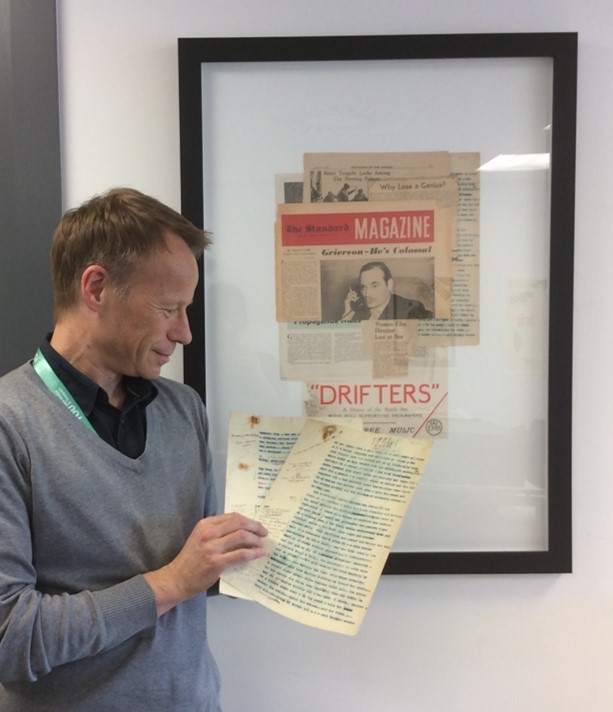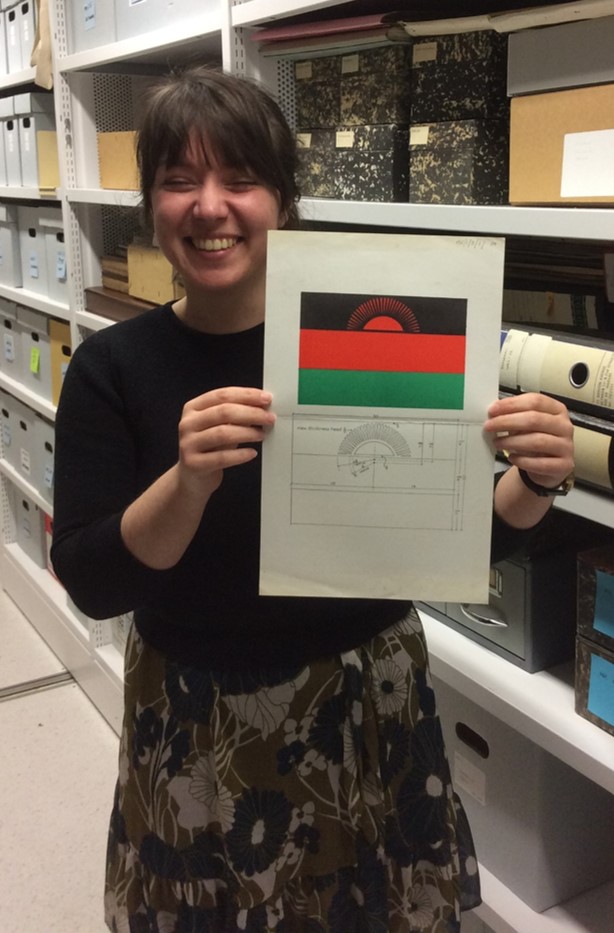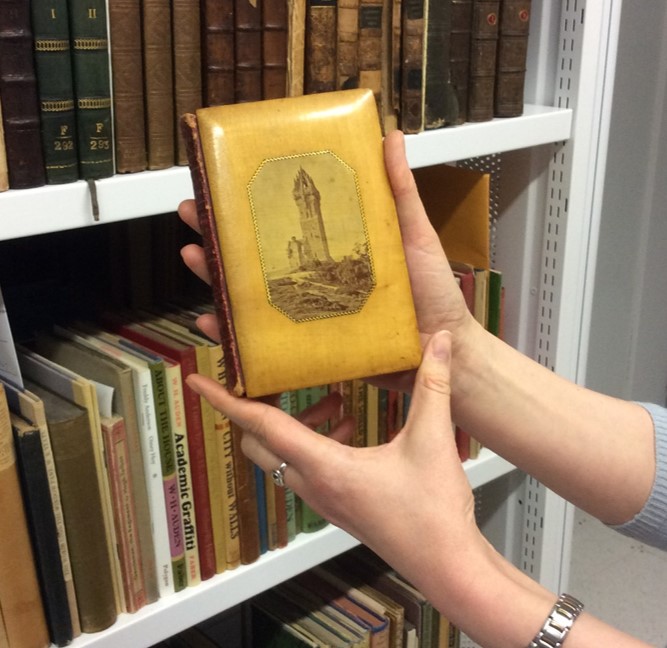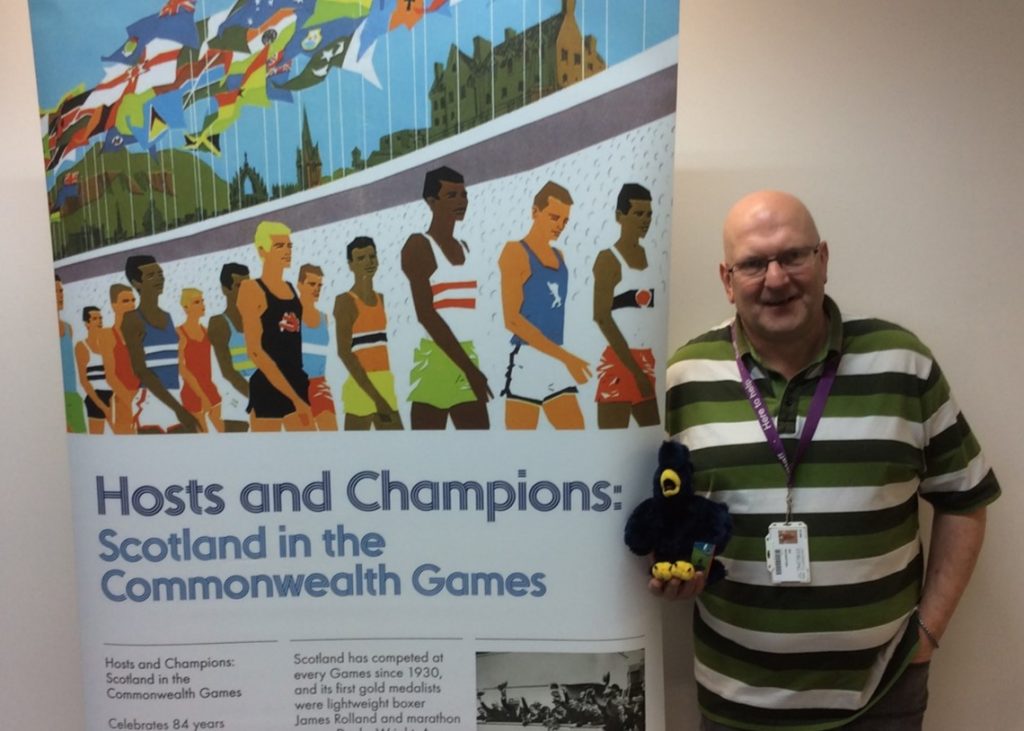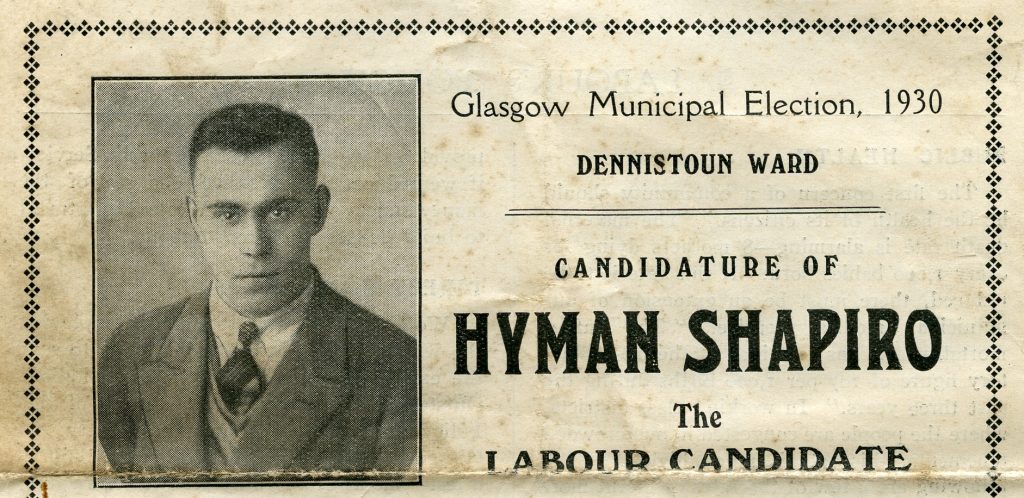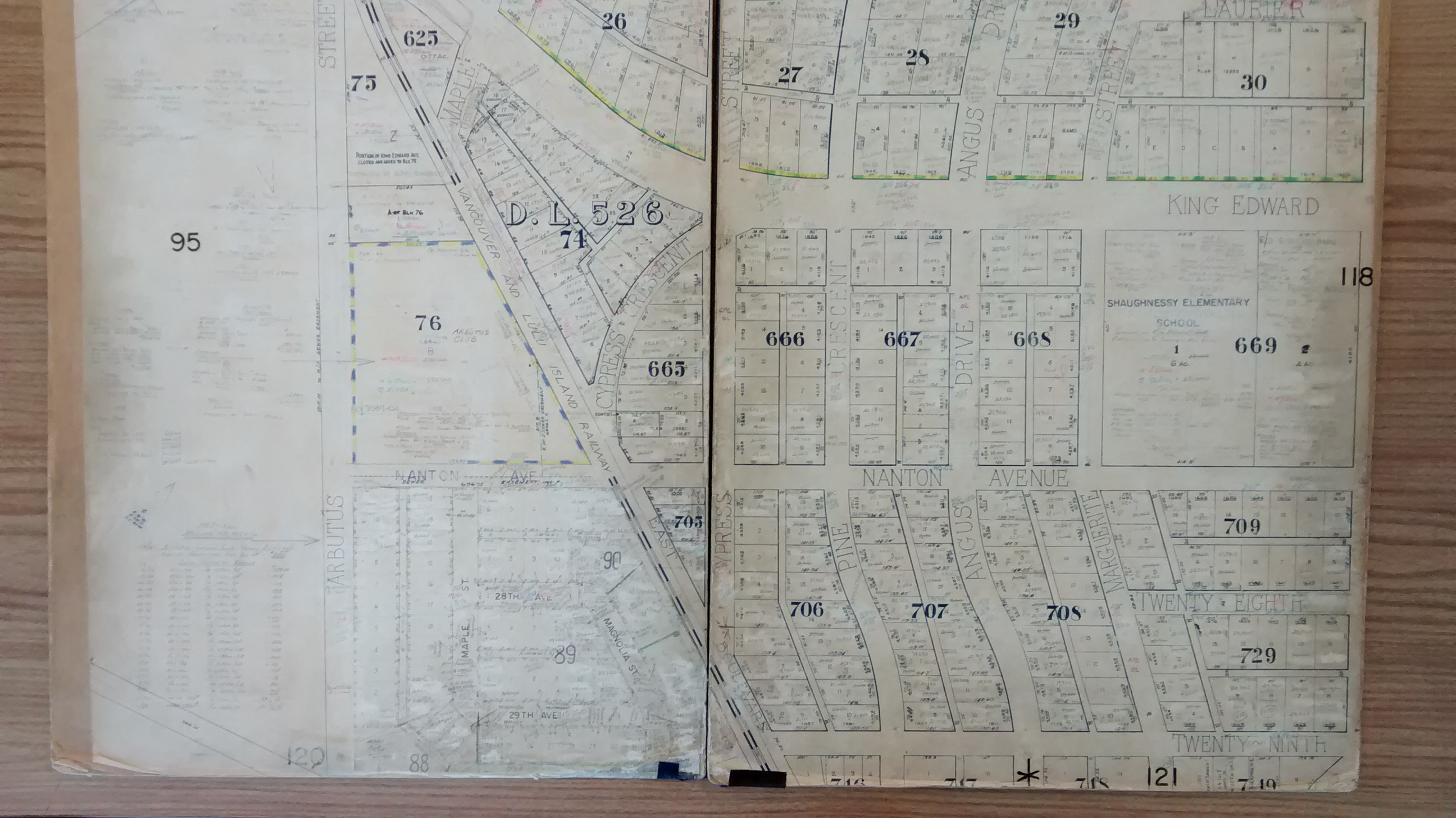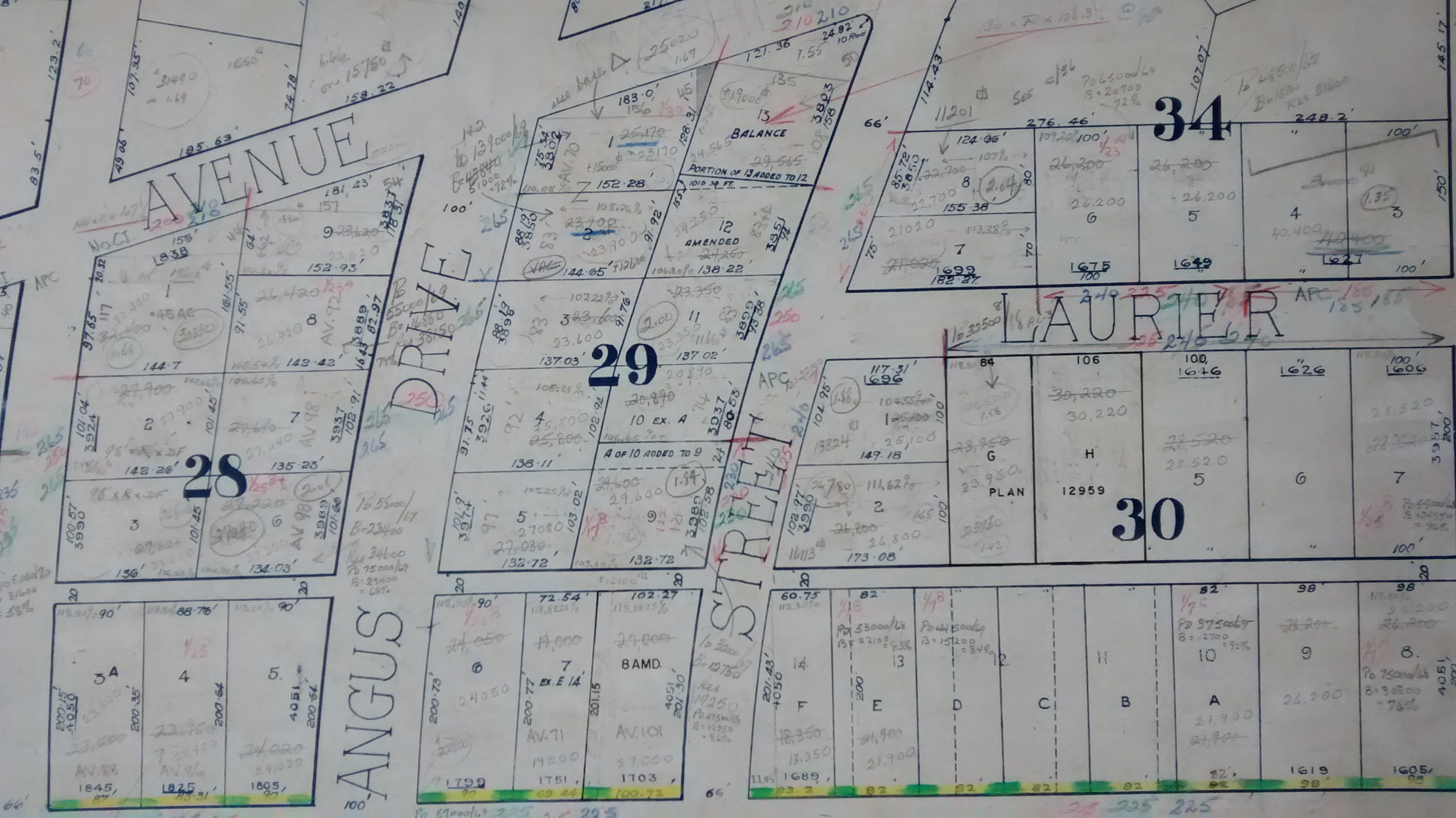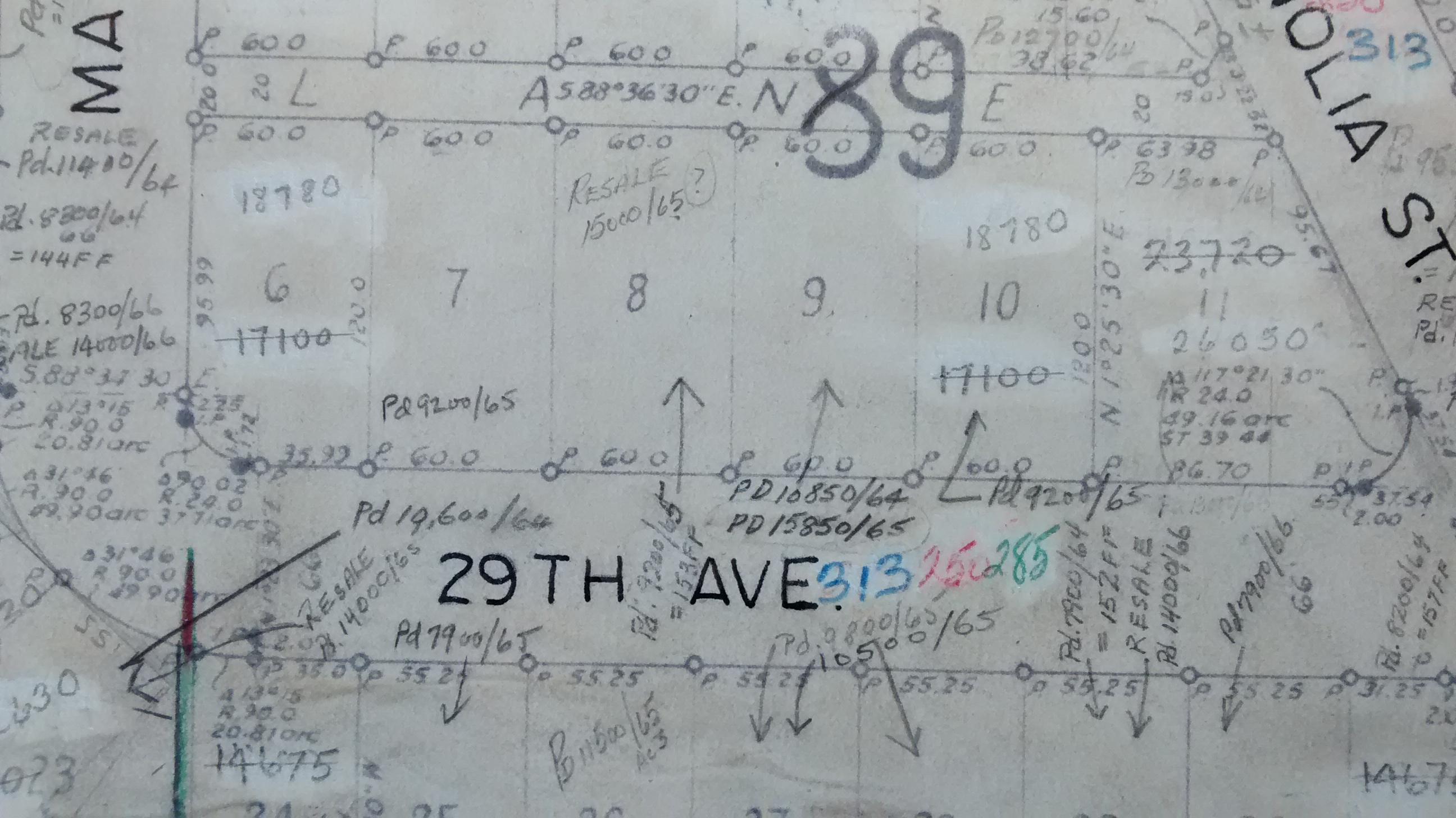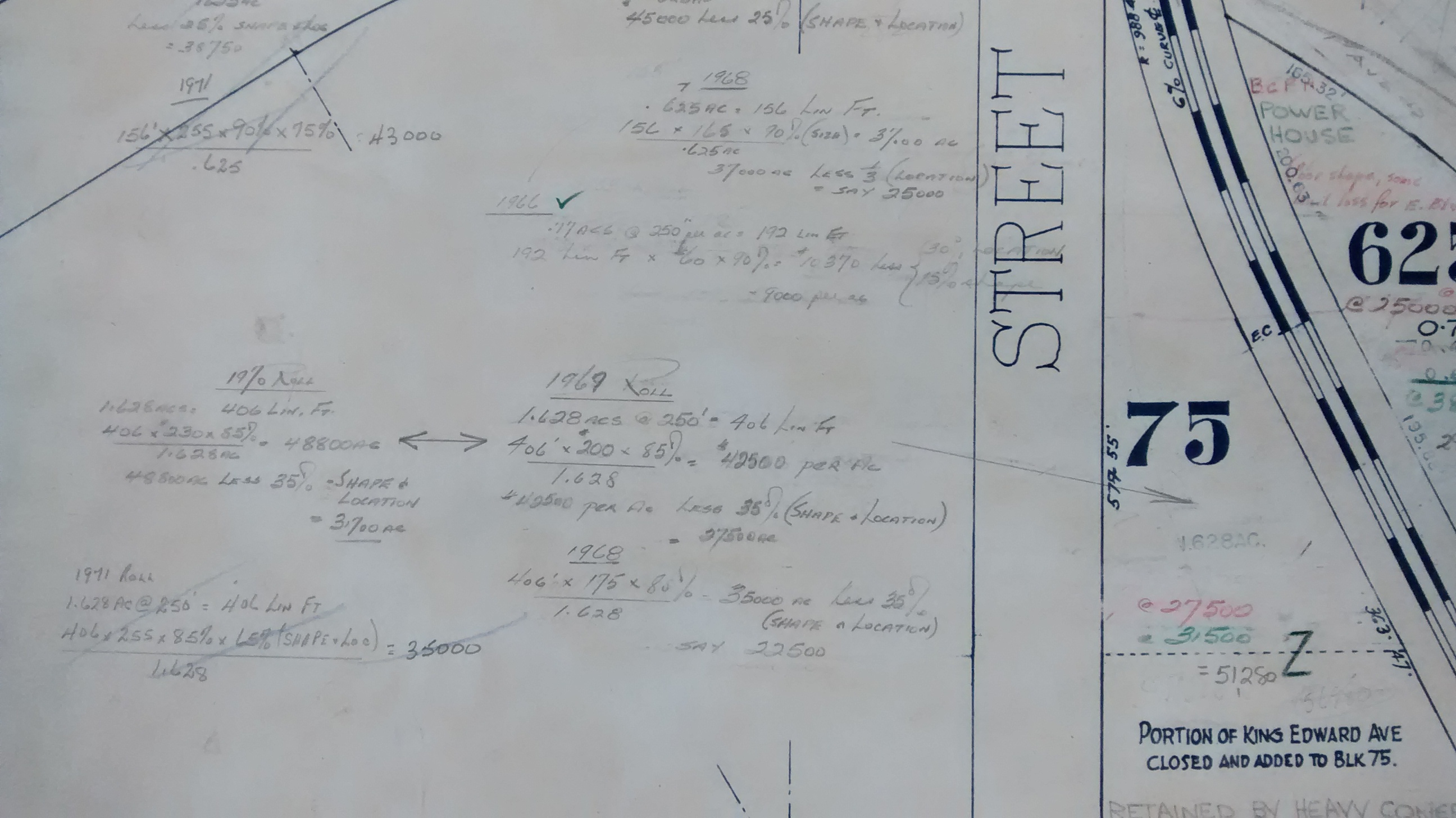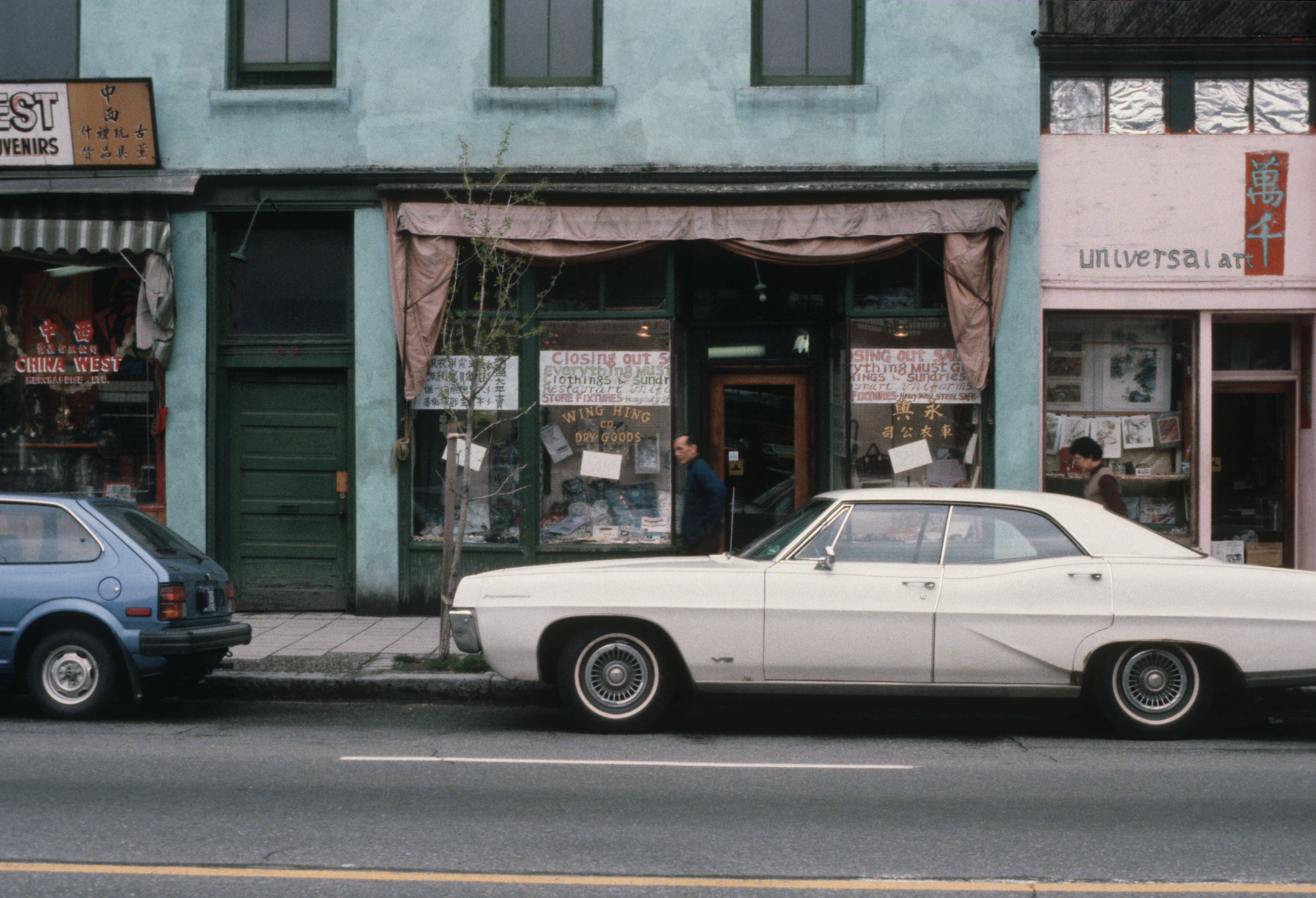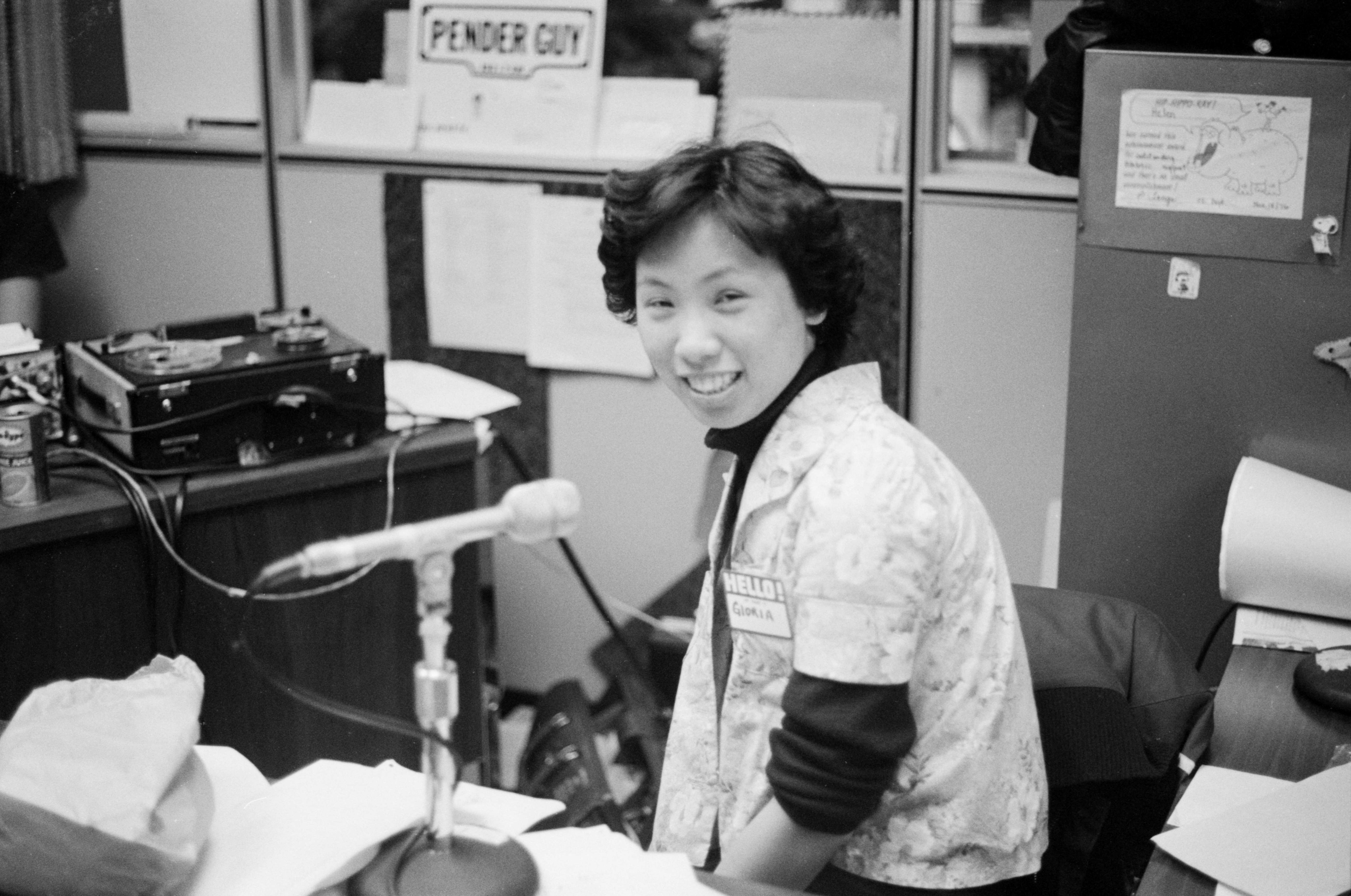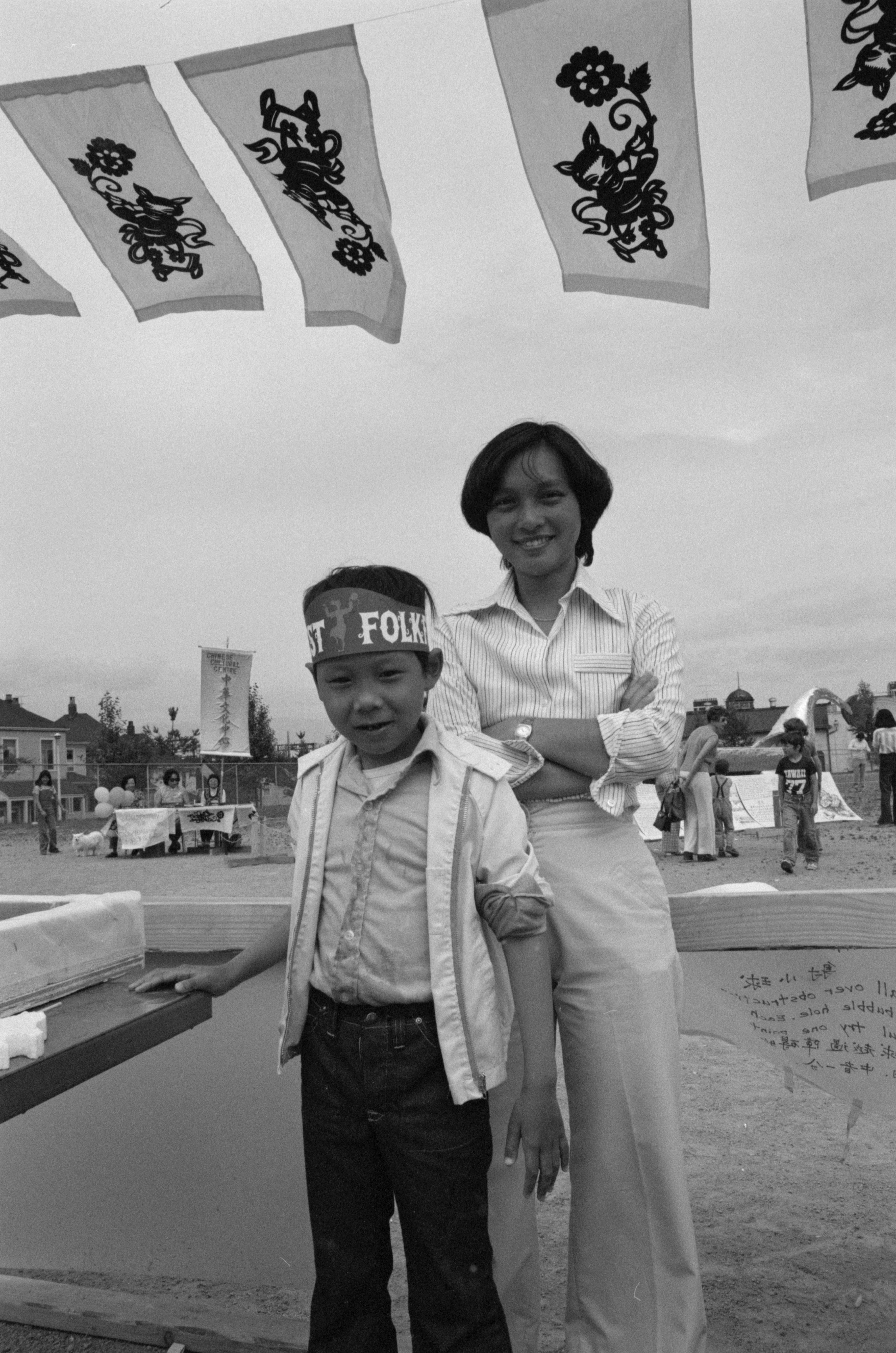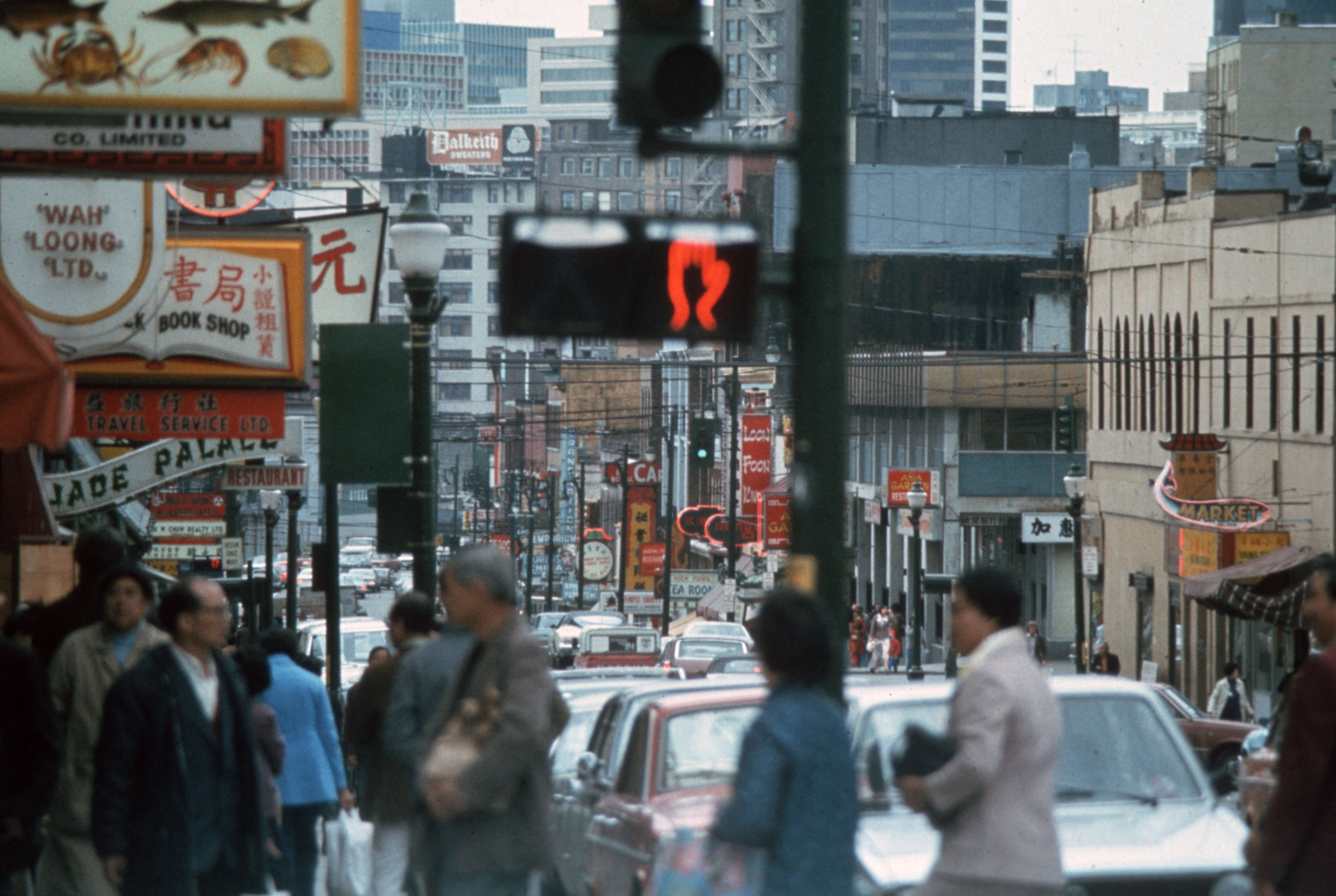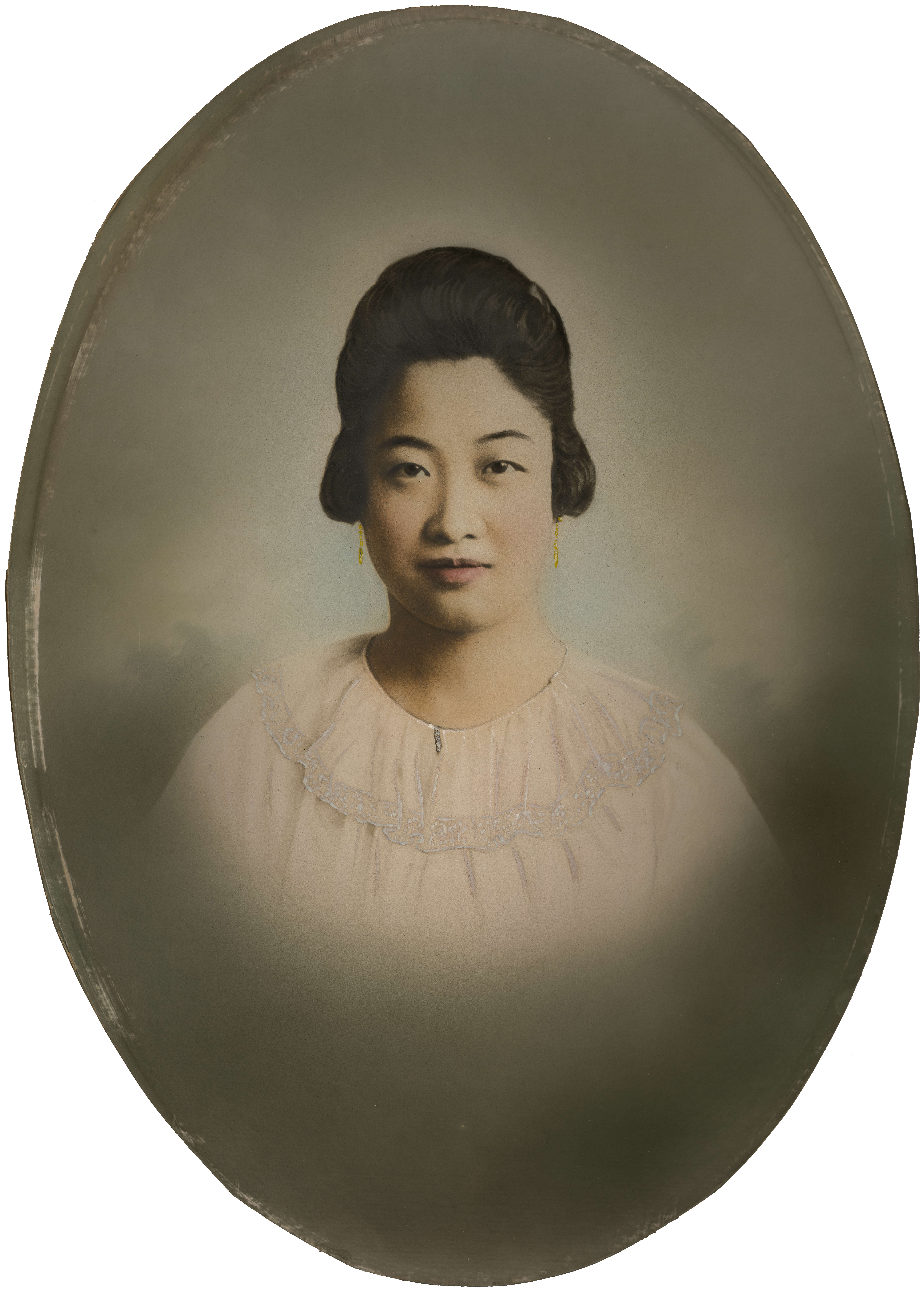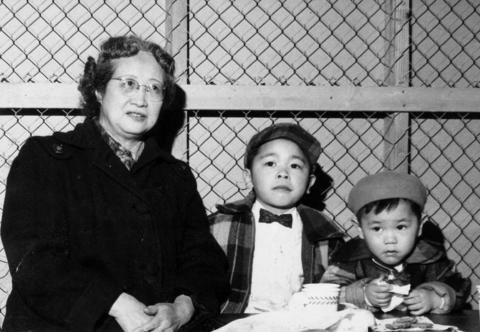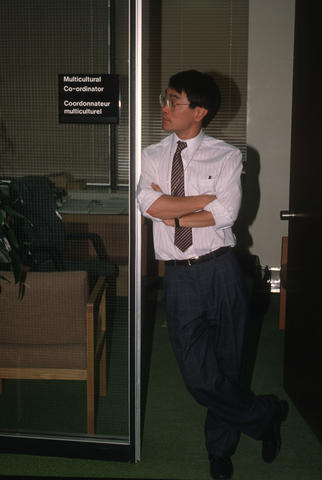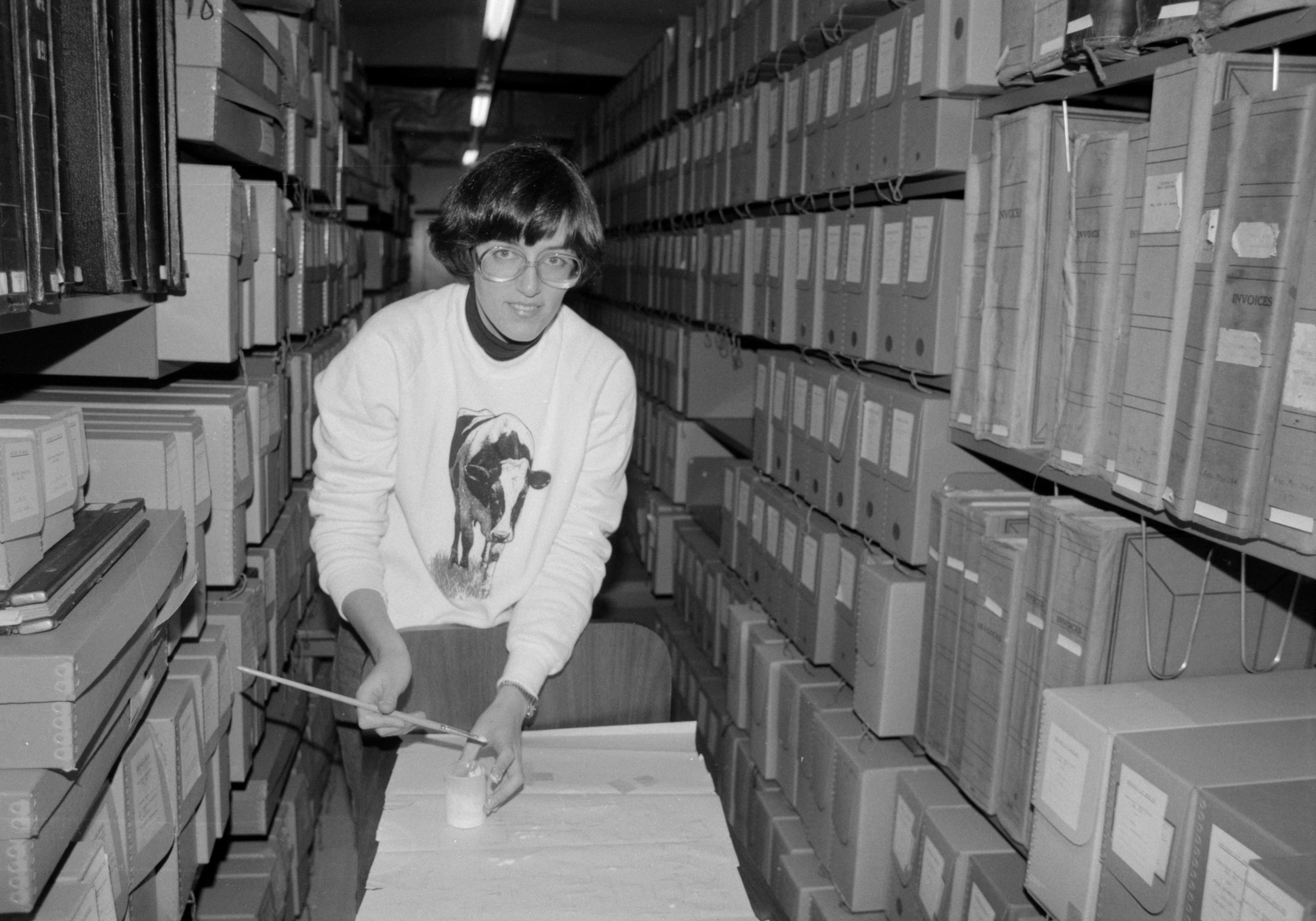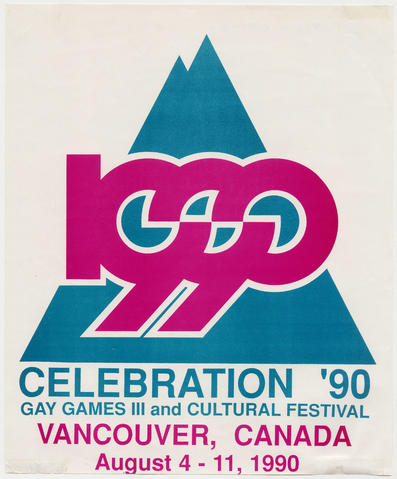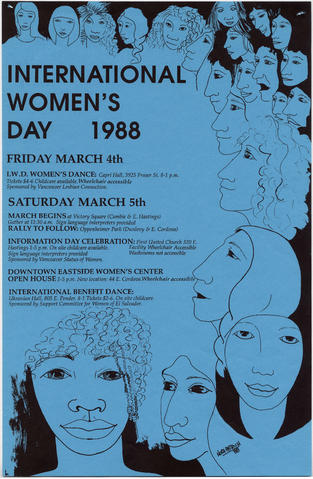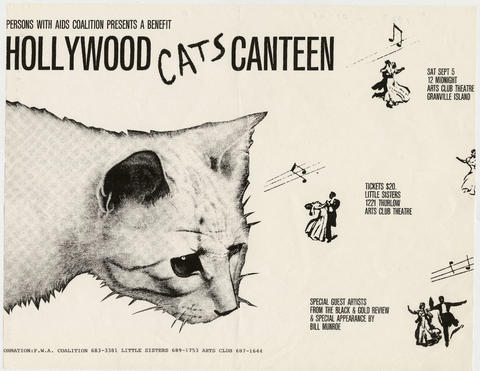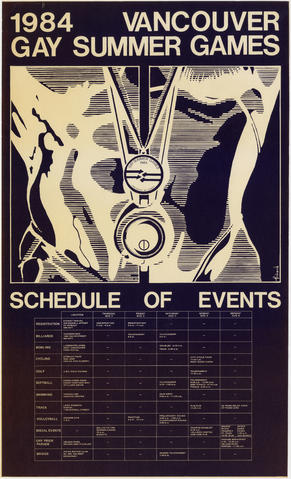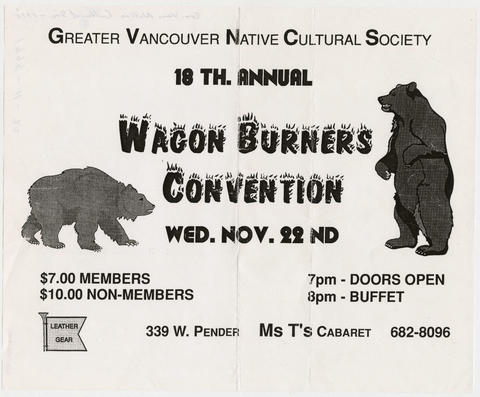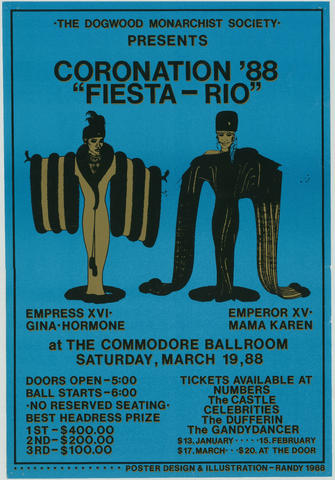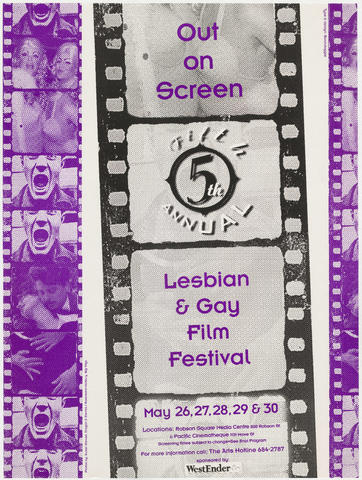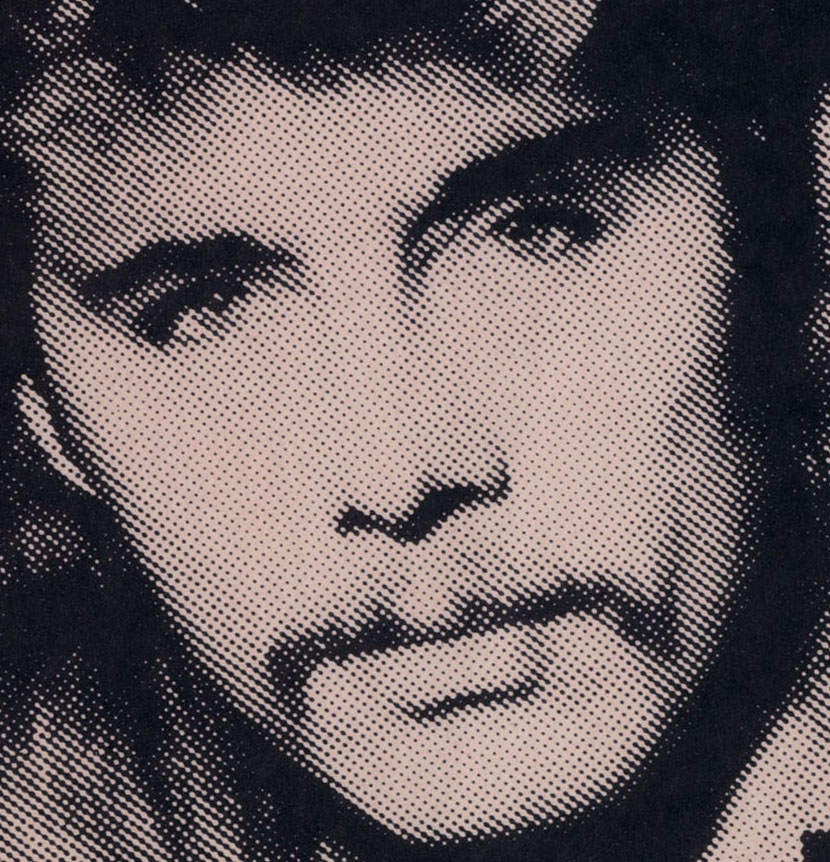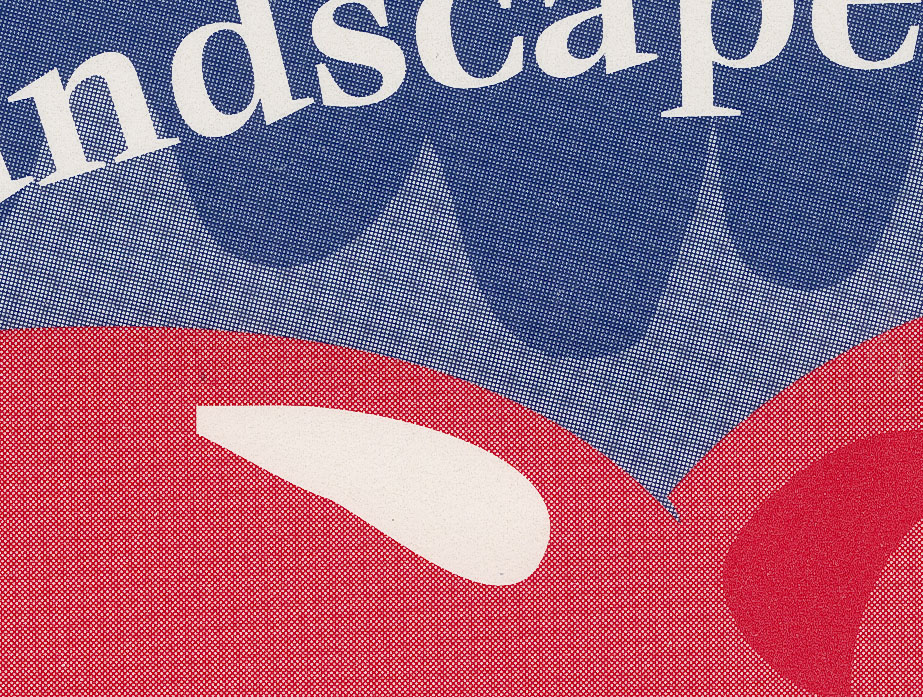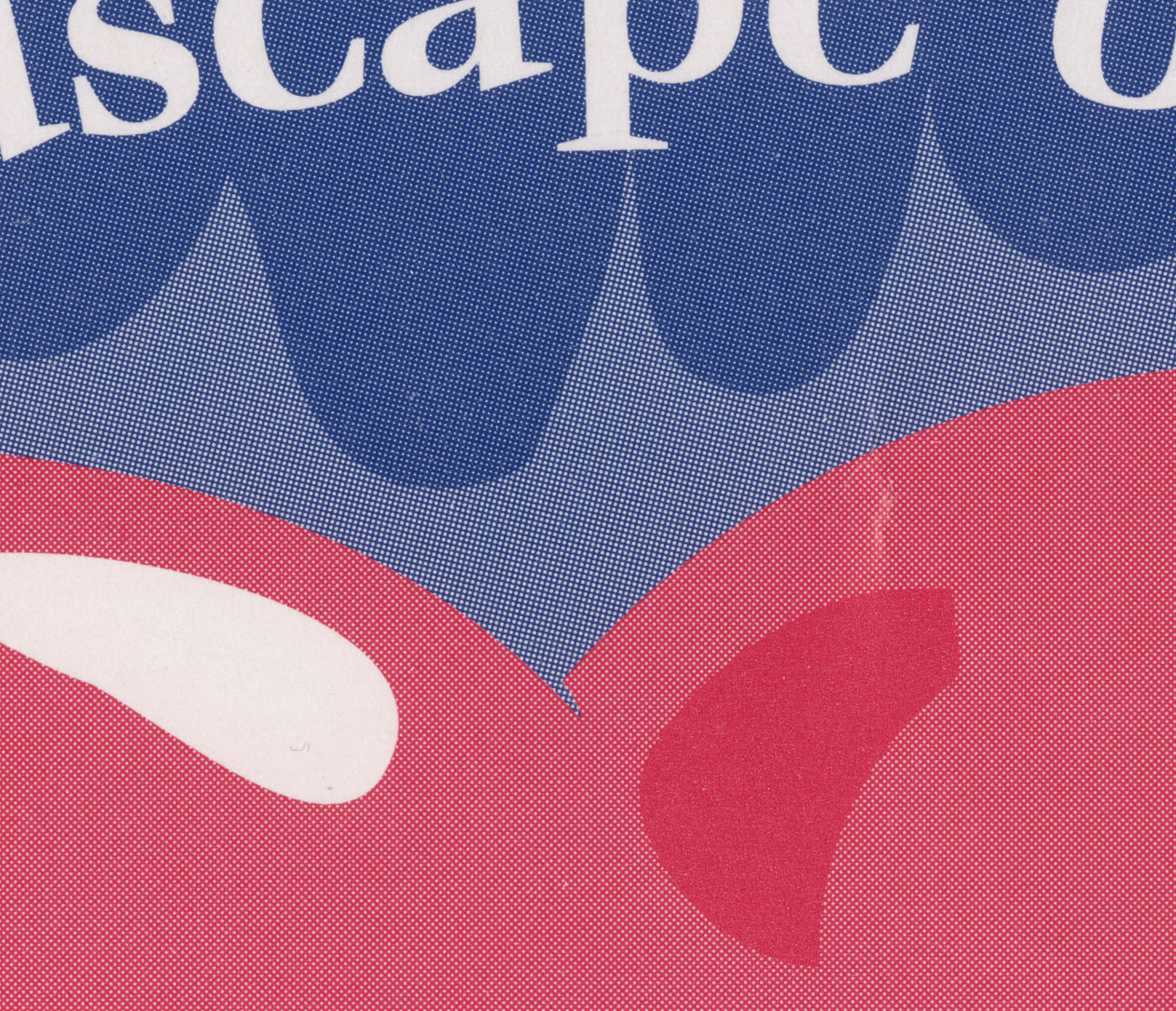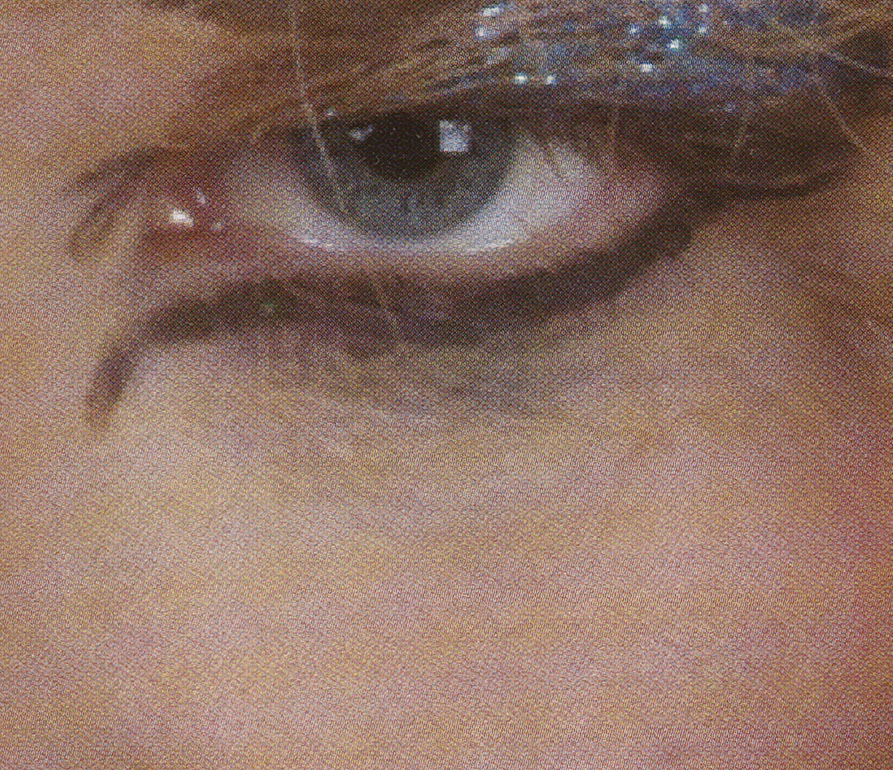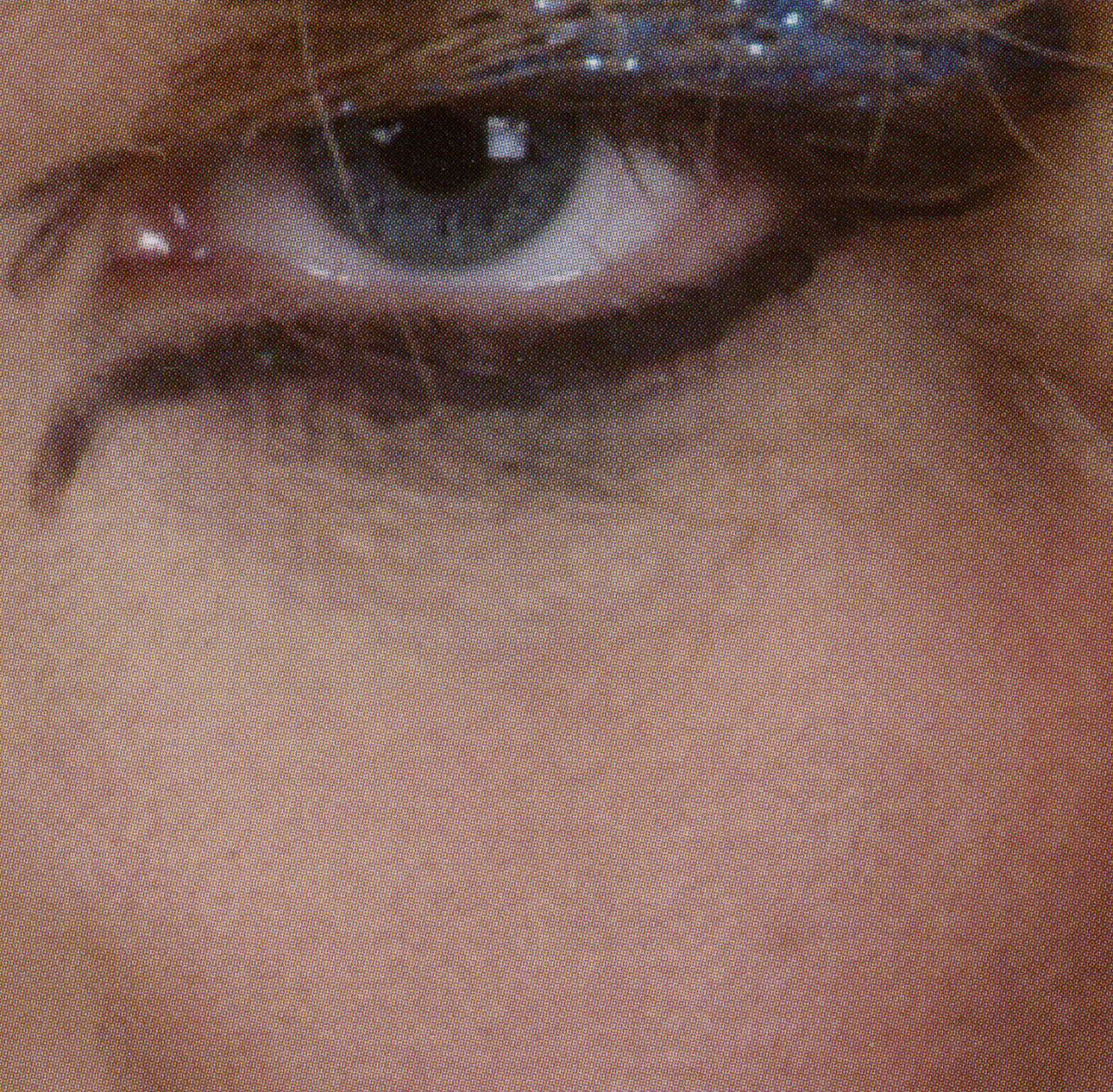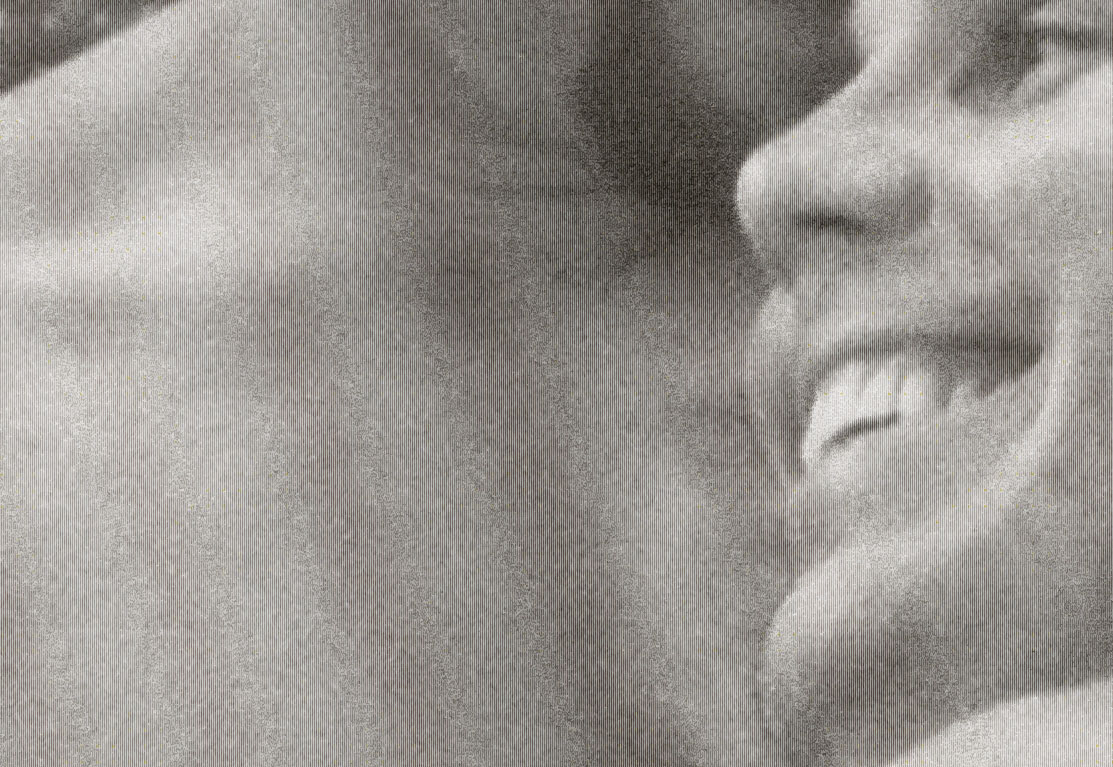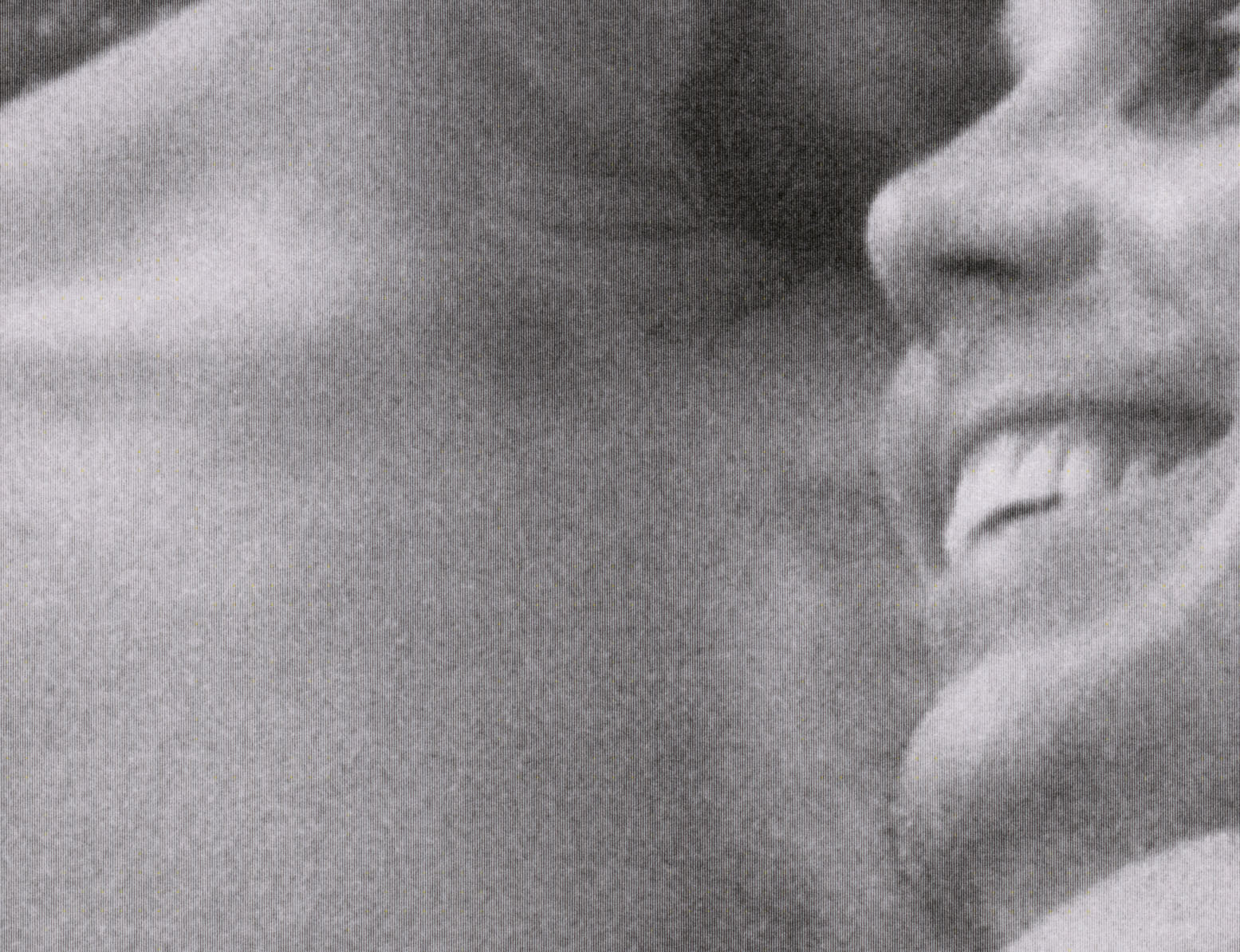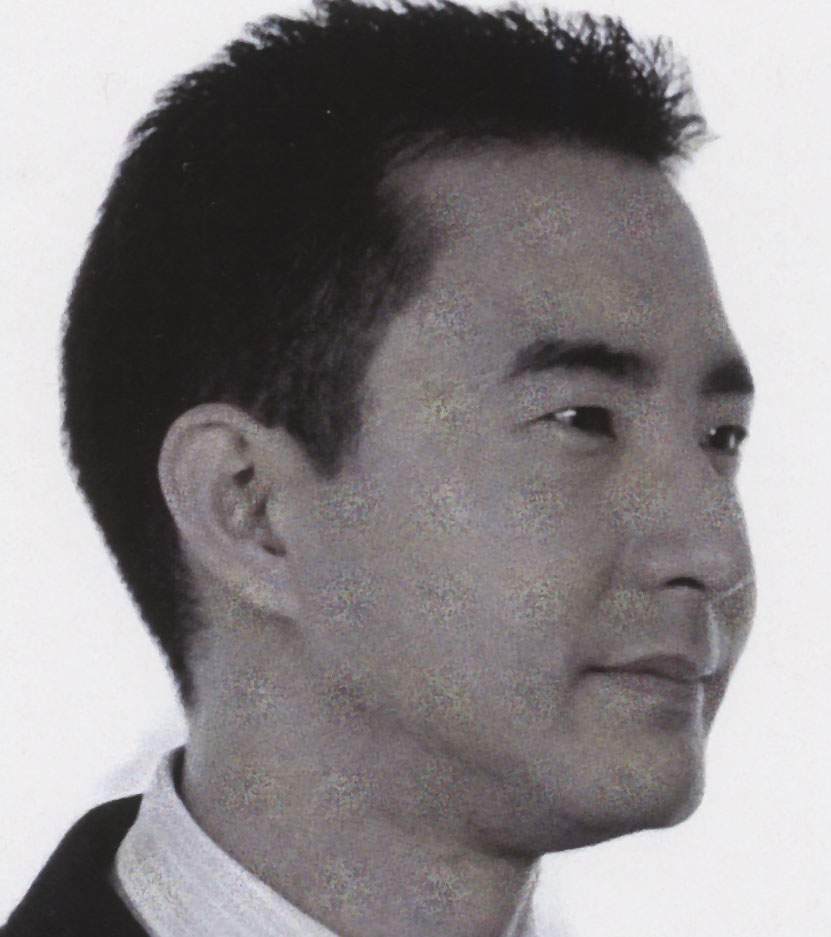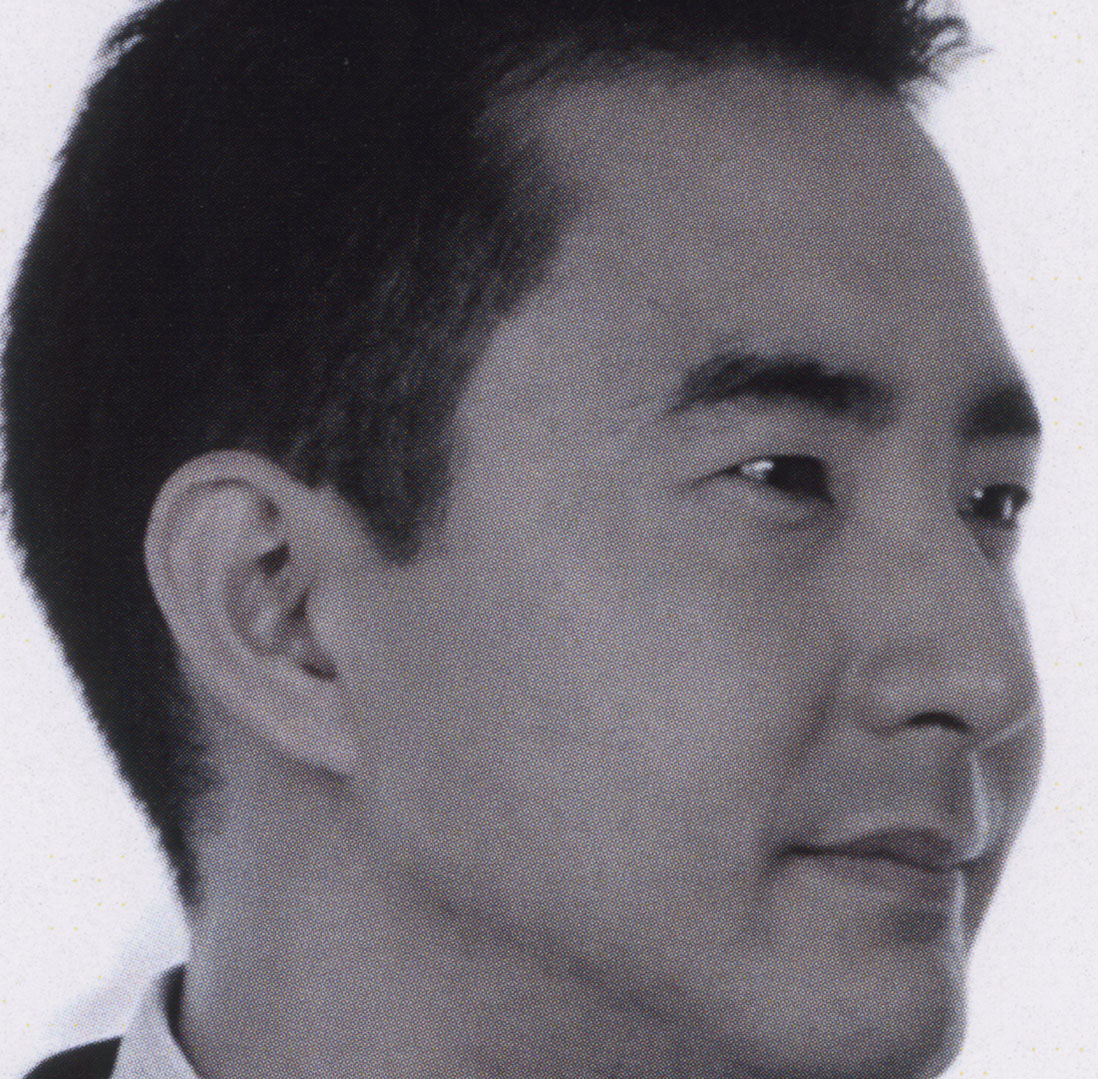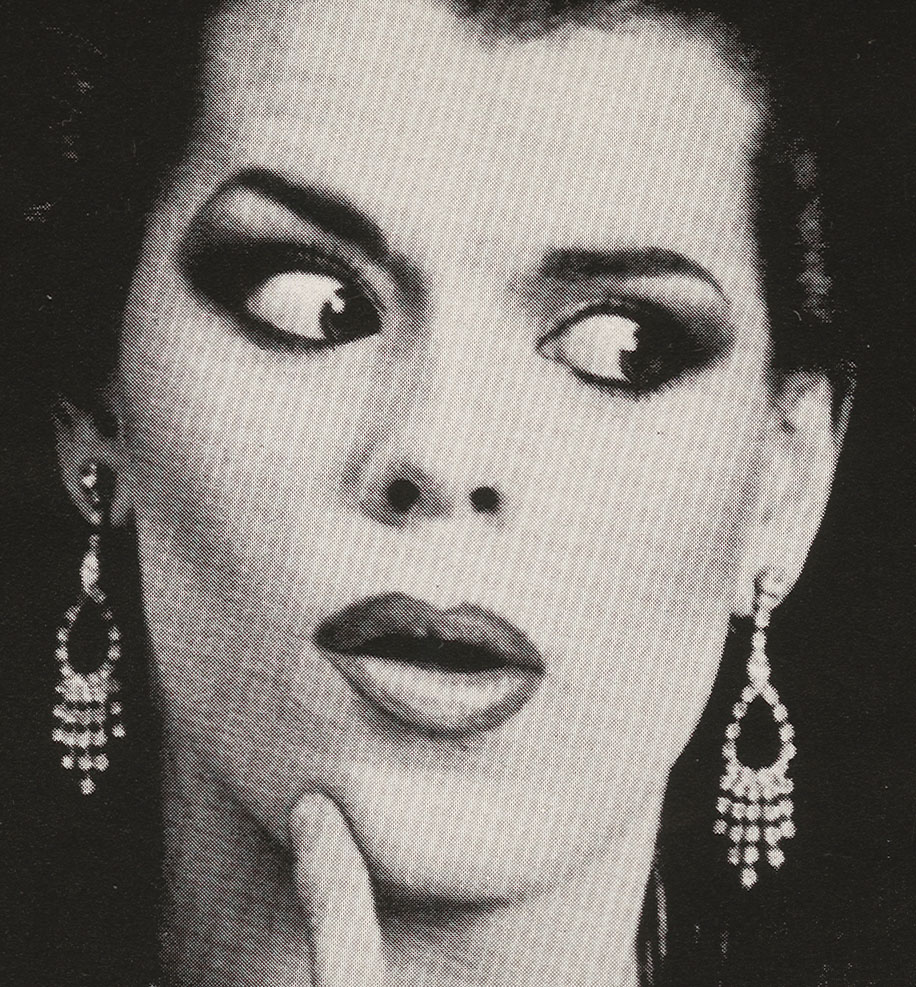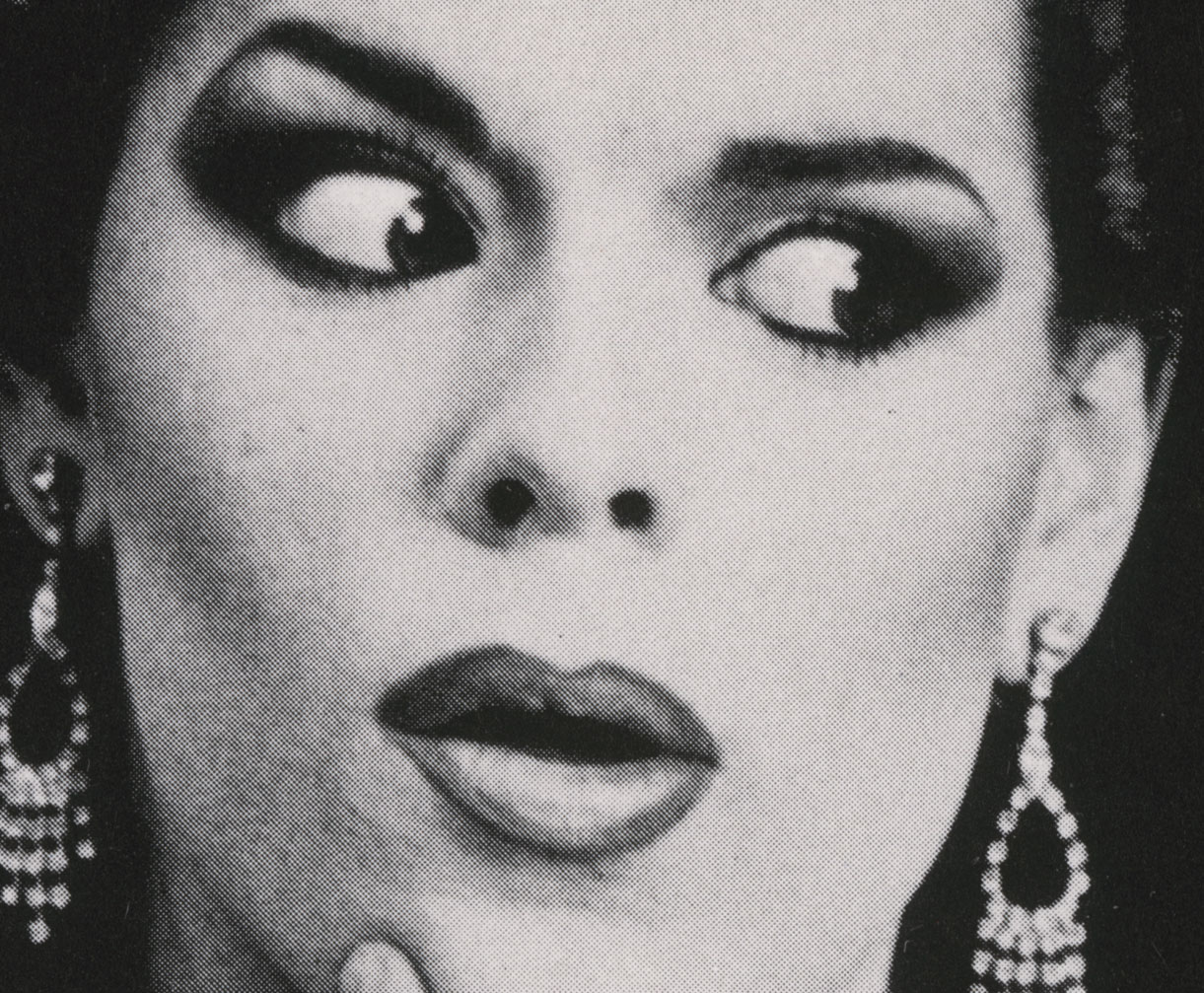Over the years WQXR has distinguished itself in many ways. But perhaps most flattering have been the authors who included it as part of their fictional works. WQXR on the page helps set the scene, tone and mood as well as introduce a familiar voice or piece of music. The bolding of WQXR has been added to the excerpts.
Harvey Swados writing in Nights in the Gardens of Brooklyn, Atlantic-Little Brown Books, 1960, pg. 37.
All evening the radio had been playing. Now, as we remained still, listening to the voice of the rising wind and the beating of our hearts, the WQXR announcer’s deadly familiar voice broke in on us: “Next we are to hear ‘Nights in the Gardens of Spain’ by Manuel de Falla.”Pauline reached out to turn it off. ‘We don’t need it. We’ve had our own nights in the gardens of Brooklyn, for a whole year.’ She touched my lips with her fingers…
____________________
Ellery Queen, writing in Cat of Many Tails, Little, Brown and Company, Boston, 1949, pgs. 17-19.
He was wild about classical music. He couldn’t read a note and he’d never had a lesson, but he could hum snatches of a lot of operas and symphonies and during the summer he tried to take in as many of the free Sunday concerts in Central Park as he could. He was always after his kids to tune in WQXR, used to say he thought Beethoven would do them a lot more good than The Shadow...
(Special thanks to Jeff Spurgeon)
____________________
Thomas Pynchon, writing in V., Harper Perennial, 1986, pgs. 95-96.
The bus driver was of the normal or placid crosstown type; having fewer traffic lights and stops to cope with than the uptown-and-downtown drivers, he could afford to be genial. A portable radio hung by his steering wheel, tuned to WQXR. Tchaikovsky’s ‘Romeo and Juliet Overture’ flowed syrupy around him and his passengers. As the bus crossed Columbus Avenue, a faceless delinquent heaved a rock at it. Cries in Spanish ascended to it out of the darkness. A report which could have been either a backfire or a gunshot sounded a few blocks downtown. Captured in the score’s black symbols, given life by vibrating air columns and strings, having taken passage through transducers, coils, capacitors and tubes to a shuddering paper cone, the eternal drama of love and death continued to unfold entirely disconnected from this evening and place…
____________________
Rex Stout, writing in The Final Deduction, Bantam Books, November 1985. Original copy, 1955, pg. 19.
She said she would, and we hung up. The radio clicked on, and a voice came: “…has five convenient offices in New York, one at the—” I reached and turned it off. When I get to bed after midnight I set it for eight o’clock, the news bulletins on WQXR, but I didn’t need any more news at the moment. I had a satisfactory stretch and yawn, and aloud, “What the hell, no matter what Jimmy Vail says we can say Mr. Knapp must have seen it,” yawned again, and faced the fact that it take will power to get on your feet…
[Editor’s Note: Rex Stout appears to be a real fan. WQXR makes an appearance in at least three of his other works: Some Buried Caesar & The Golden Spider; The Golden Spiders; and The Doorbell Rang].
____________________
Jhumpa Lahiri, writing in The Namesake, A Mariner Book, Houghton Mifflin Company, New York, 2003, pg. 263.
They begin seeing each other Mondays and Wednesdays, after she teaches her class. She takes the train uptown and they meet at his apartment, where lunch is waiting. The meals are ambitious: poached fish; creamy potato gratins; golden, puffed chickens roasted with whole lemons in their cavities. There is always a bottle of wine. They sit at a table with his books and papers and laptop pushed to one side. They listen to WQXR, drink coffee and cognac and smoke a cigarette afterward. Only then does he touch her. Sunlight streams through large dirty windows into the shabby prewar apartment…
____________________
Andy Warhol, writing in A: a novel, Grove Press, 1968, pgs. 31-32.
What do you mean Duncan McDonald? [sic]
Yeah uh.
Kaye Ballard had an interview with her on the air and all Kaye Ballard kept saying was, is, “Duncan that’s such a wonderful name, I think, for a woman.” Duncan. Duncan McDonald [sic], the person who announces for W — she has an interview show on at 2:30 on WQ-WQXR and she, and her sponsor is Beshard Rug Company and Lord nad [sic] Taylor.
Oh really?
And all Kaye Ballard gept, kept saying was, “Duncan is such a fabulous name, isn’t that cunningest name you ever heard?” She was great…
[Editor’s Note: Duncan MacDonald was the host of WQXR’s Observation Point program in the 1960s, where she did interviews on books, food and culture.]
____________________
Dawn Powell, writing in Angels on Toast, Steerforth Press, Vermont, 1996. Originally published by Charles Scribner’s and Sons in 1940.
On the other hand, as she had pointed out to him, she could show him show girls who had never had a drink in their lives and yet were no balls of fire so far as looks were concerned. She turned the downstairs radio on to WQXR and got the ‘Fifth Symphony.’ She could almost write it herself now —boom boom boom, begin the beginning over and over again till every instrument has got in a few well-chosen remarks, then begin again, and again, ah now we’re getting into it. But no, just where the middle should be the end begins with each little instrument saying a few last words, then altogether, amen, amen, goodbye, –ah but wait a minute, just a last minute suggestion, then goodbye, but wait, one more final nightcap…
(Another tip of the hat to Jeff Spurgeon and Richard Brody.)
____________________
Leo Haber, writing in The Red Heifer, Syracuse University Press, 2001, pg. 98-99
I promised my piano teacher at the Henry Street Settlement that I would also listen to classical music on WQXR and WNYC, the city station, and in fact, I did for two hours each evening. At 6:30 P.M., it was the Gambarelli and Divito program –or some advertiser with a name like that– on WQXR presenting short musical pieces, instrumental and vocal…I still managed to hear Felix Weingartner conducting Beethoven symphonies and Toscanini conducting the Tchaikovsky ‘Piano Concerto’ with Vladimir Horowitz at the piano. The opening of this latter piece was actually the opening theme of the WQXR program, and when I was new to all this stuff, I thought that Gambarelli and Divito, the advertisers, were the names of two composers of the work…
____________________
Lily Tuck, writing in Interviewing Matisse or The Woman Who Died Standing Up, Harper Perennial, 2006, pg. 8. First published by Alfred A. Knopf in 1991.
I said, “Molly, I am sure the stereo belonged to Kevin.”
Molly said, “Oh WQXR. Lily, WQXR is the station Inez always listened to. Oh, and have I mentioned this? Have I told you this already, Lily? What Price and Claude-Marie the coroner said when he examined Inez? The coroner said he found drugs in Inez’s blood…”
____________________
Anne Strieber, writing in An Invisible Woman, Tor/Forge Books, 2005.
She sat listening to WQXR and watching the golden, wonderful city pass by outside the windows. She thought of the vast, impoverished world out there. She’d never known before how damn lucky she was to be rich. Never again would she fail to notice the realities all around her. It was all too easy to make reality disappear if you lived in the world of Manhattan wealth…
____________________
Marvin Kaye, writing in The Soap Opera Slaughters, Doubleday, 1982.
Florence was in the armchair near the aquarium, the same she’d occupied Monday night when Lara helped her relax before bedtime by pumping up the pillows, bringing her a ton of Valium, and tuning in WQXR. My eyes automatically drifted to her sound system, then back again to the dead woman…
____________________
Salvatore La Puma, writing in A Time for Wedding Cake, Norton, 1991.
I stared at them when I was little and watched the opera that was their lives. Mario and Patricia watched them too. But Patricia was frightened. And Mario was worried about Mom. I told them that the opera Mom and Pop played in would end okay. If they had also listened to Carmen, Aida, and Madama Butterfly on WQXR, as I did on Saturday afternoons, they would know that at the end of every performance all the characters always returned still alive. Mom and Pop wouldn’t kill each other, or themselves,…
____________________
Julie Ellis, writing in Second Time Around, Seven House Publishers, 1997.
With Brian off to make the pick-up Jan flipped on the radio to WQXR. Beethoven filtered into the room. She could listen to Beethoven without slowing up on the diet book. A fringe benefit. While she was listening to the Eroica, Lisa arrived from school. Jan allotted ten minutes to talk, then insisted she had to return to the computer.
“Mom do you have to listen to that awful music?” Lisa complained…
“It’s Beethoven.”
“It’s depressing.” Lisa grimaced.
“Not to me,” Jan said firmly. “Lisa, I have to work.”
____________________
Harlan Ellison, writing in Suicide World, Fantastic magazine, October, 1958.
He flipped on the radio and caught WQXR with the search-channel selector. It eased his nerves and he settled back against the cushions, realizing that his legs had been tense on the pedals. Ilya Murometz swelled out of the twin speakers in the car, and he found himself humming. It had been a rough week…
____________________
Askold Melnyczuk, writing in What is Told: A Novel, Faber and Faber, 1994.
Arkady turned the radio to WQXR. there was a special program on Jussi Björling, the Swedish tenor. But something in the music bothered him. How was it possible to sing like that about love? Nobody loved. Pamina was a liar, Tamino, a whore. Hadn’t war taught him that? He switched off the radio, watched his breath plume and dissipate…
_____________________
Doris Orgel, writing in Risking Love, Dial Books, 1985.
We turned on the radio. You know how sometimes the thing you’re most in the mood to listen to comes on? Well WQXR was playing The Creation, by Haydn. We’re just reading Book VII of Paradise Lost in my Milton course. Most of the text is from there, so I knew what was coming. ‘Gray, listen, this next part’s for you!’ I said…I stop right there. I don’t tell what God said: “Be fruitful all, and multiply.” I keep that to myself. When we left the parkway we lost the station…
____________________
William Styron, writing in Sophie’s Choice, Bantam, 1980.
Earlier in the day, after looking at the radio schedule in the Times, she had been badly disappointed to learn that on account of her English class she would miss a performance of Beethoven’s Pastoral Symphony on the early-afternoon concert over WQXR. It was a little like her rediscovery of the Sinfonia Concertante, yet with a difference. She remembered the symphony so clearly from her past–again those concerts in Cracow–but here in Brooklyn, because she had no phonograph and because she always seemed to be in the wrong place at the wrong time, the Pastoral had completely eluded her…
Note: This was just one of several references to WQXR used by Styron in the novel.
_____________________
Mary McMullen, writing in Better Off Dead, Berkley Publishing Group, 1987.
Ordinarily he kept the radio tuned, loud, to station WQXR, but he was in no mood for classical music. Serenity, beauty, and accomplishment meeting the ear, although some of the poor bastards had a terrible time: early death, poverty, blindness. But they’d made a mark and they would never die. Dying. Matt thought. Not a bad idea…
_____________________
David Gates, writing in Preston Falls, Vintage Books, 1999.
One day he walked to KMart and bought a small portable radio, a Sharp, $14.99, which he kept tuned to WNYC, or to WQXR, the station of The New York Times. He tried to keep his Saturday afternoons free (another little joke) for the Metropolitan Opera broadcast. He considered a way of life that would include making a note of what next week’s opera was going to be and getting hold of the libretto somewhere…
_____________________
Frederick C. Davis, writing in Thirteen Shrouds, A Thackery Hackett Novelette, Dime Detective magazine, October, 1946.
Hackett having neatly unnerved me, I felt skittish of every shadow along our return trip to Sutton Place. We went into his dream of a living room to find Dell Kerry cuddled in the easy chair, listening to WQXR on Hackett’s superb radio. She hushed it to a melodious whisper, smiling and cheerful welcome.
“Perfect timing gentlemen,” she said. Catha’s show comes on in just a few minutes.” Hackett gestured me kitchenward. I whipped up two drinks, using his nectar from Scotland. We sat with Dell between us on the sofa facing the radio…
______________________
If, dear reader, you are aware of any other novels in which WQXR appears, please don’t hesitate to let me know at alanset@nypublicradio.org. Thanks!




